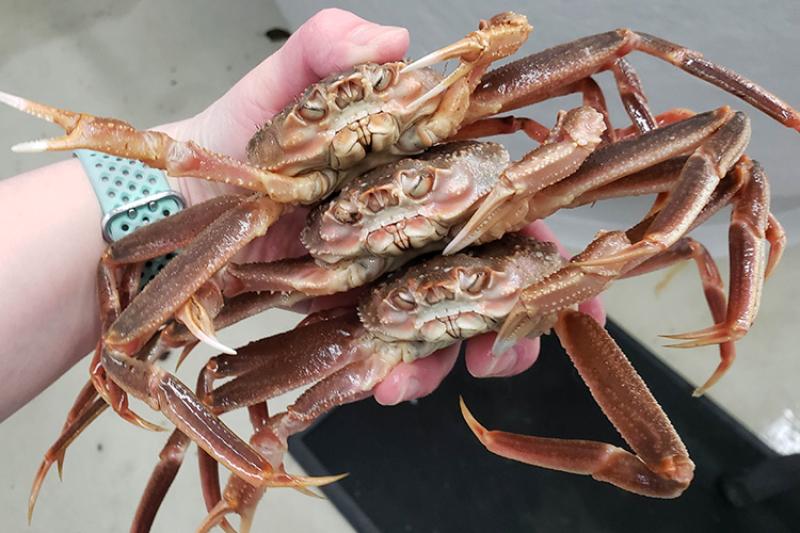Arctic to Sub-Arctic Shift Decimates Valuable Fishery
The Alaskan snow crab population has plummeted by over 90% in just two years, a decline that scientists now attribute to rapid climate change. Researchers from NOAA Fisheries have linked this dramatic crash to a process called “borealization” – the transformation of Arctic ecosystems into warmer, sub-Arctic environments.
Mike Litzow, director of the Alaska Fisheries Science Center’s Kodiak Lab and lead author of the study, explained the significance of their findings. “What is particularly noteworthy is these boreal conditions associated with the snow crab collapse are more than 200 times likely to occur in the present climate (1.0° –1.5° of warming rate) than in the preindustrial era,” Litzow said.
The southeastern Bering Sea, once a stronghold for snow crabs, has experienced a swift ecological shift. This change has made the region increasingly inhospitable for cold-water species like snow crabs, while favoring warm-adapted organisms.
Multiple Factors Contribute to Crab Decline
The research team analyzed 50 years of data, from 1972 to 2022, to understand the complex interplay of factors behind the snow crab collapse. They observed several key changes:
1. Declining sea ice cover
2. Rising bottom water temperatures
3. Shifts in plankton communities
4. Increased prevalence of bitter crab disease
5. Growing populations of predatory Pacific cod
Surprisingly, direct thermal stress was not the primary culprit. Lab studies showed that juvenile snow crabs could tolerate temperatures up to 8°C, a threshold not exceeded even during recent marine heatwaves. Instead, the warmer waters likely increased the crabs’ metabolism, creating a mismatch between their energy needs and available food sources.
“It’s really this combination of factors working together that caused the snow crab collapse,” Litzow explained. “All of these factors are a result of climate change brought about by human activity since the start of the industrial revolution in the early 1900s.”
Why it matters: The snow crab fishery, valued at $227 million annually, plays a crucial role in Alaska’s economy. Its collapse highlights the far-reaching impacts of climate change on marine ecosystems and the communities that depend on them. The rapid pace of this change underscores the urgent need for adaptive management strategies in fisheries worldwide.
While a slight recovery in juvenile crab numbers was observed in 2022 due to temporarily cooler waters, the long-term outlook remains grim. Climate models project continued warming in the region, potentially pushing snow crabs out of their traditional grounds.
Litzow emphasized the need for immediate action: “It’s really important that fishermen, scientists, communities, and resource managers recognize that one of the most productive marine ecosystems in the world is changing—faster than anyone expected. The time to act is now to think about how we are all going to adapt.”
The study’s findings extend beyond snow crabs. The researchers developed a “borealization index” that could help assess climate impacts on other commercially and culturally important species. This tool may prove invaluable as ecosystems worldwide grapple with the effects of human-induced climate change.
As the Bering Sea continues its transformation, the plight of the snow crab serves as a stark reminder of the cascading effects of global warming on even the most resilient ecosystems. The race is now on to develop strategies that can help both wildlife and human communities adapt to these rapidly changing conditions.


